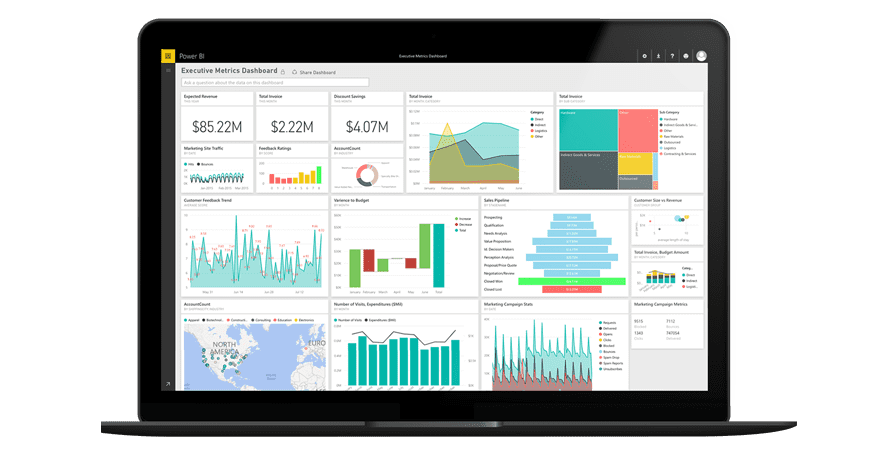Loading

Power BI is a business analytics service provided by Microsoft that enables users to visualize and analyze their data. It offers a suite of tools for transforming raw data into interactive and visually compelling insights, making it easier for organizations to make data-driven decisions. Here are key aspects of Power BI and why it is important for the future of data analysis and business intelligence:
Power BI allows users to connect to a wide variety of data sources, including databases, cloud-based and on-premises data sources, spreadsheets, and online services. This flexibility ensures that users can easily access and analyze data from diverse platforms.
Power BI includes tools for cleaning, transforming, and shaping data. The Power Query Editor allows users to perform data cleansing, merging, and transformation operations, while the data modeling capabilities enable the creation of relationships between different data tables.
One of the key strengths of Power BI is its robust data visualization capabilities. Users can create interactive and customizable reports and dashboards using a wide range of visualization types such as charts, graphs, tables, and maps.
Power BI Desktop is a free desktop application that allows users to create Power BI reports and dashboards locally on their machines. It provides a rich authoring experience, enabling users to design and customize their visualizations before publishing them to the Power BI service.
The Power BI service is a cloud-based platform where users can publish, share, and collaborate on Power BI reports and dashboards. It also provides features for scheduling data refresh, managing access permissions, and exploring data in a web browser.
Power BI offers mobile apps for iOS and Android devices, allowing users to access their reports and dashboards on the go. The mobile apps provide a responsive and interactive experience for users who need to stay connected to their data from anywhere.
Power BI incorporates a natural language query feature called Q&A, which allows users to ask questions about their data in plain language. The system interprets the questions and generates relevant visualizations dynamically.
Power BI integrates seamlessly with other Microsoft products and services, such as Microsoft Excel, SharePoint, and Azure. This integration facilitates a cohesive workflow for users who are already using Microsoft's suite of productivity tools.
Power BI Embedded allows developers to embed Power BI reports and dashboards directly into custom applications, websites, and portals. This enables organizations to integrate analytics capabilities directly into their business applications.
Power BI leverages artificial intelligence (AI) capabilities, such as automated insights and AI visuals, to help users identify patterns, trends, and anomalies in their data. This makes it easier for users to gain valuable insights without extensive data analysis expertise.
“In summary, Power BI is important for the future of data analysis and business intelligence due to its user-friendly interface, extensive connectivity options, powerful visualization capabilities, and seamless integration with other Microsoft products. It empowers organizations to derive actionable insights from their data and facilitates a data-driven culture within the business.”